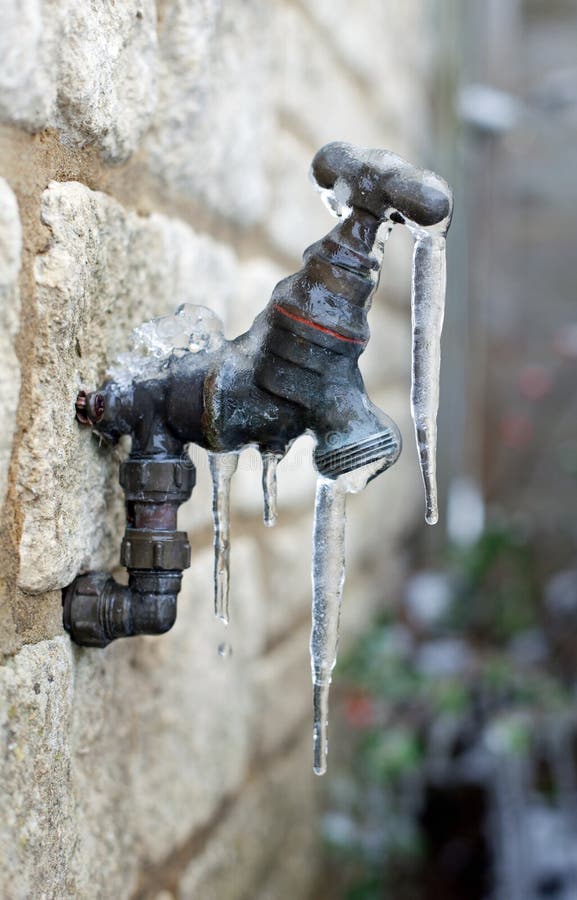Important Advice to Prevent Frozen Plumbing in Winter: Professional Insights
Important Advice to Prevent Frozen Plumbing in Winter: Professional Insights
Blog Article
We've stumbled on this great article on How To Avoid Freezing Pipes listed below on the web and think it made good sense to discuss it with you on this page.

Winter can damage your plumbing, specifically by freezing pipes. Below's exactly how to prevent it from taking place and what to do if it does.
Introduction
As temperature levels drop, the threat of frozen pipelines increases, possibly leading to expensive repairs and water damage. Understanding exactly how to prevent frozen pipelines is crucial for homeowners in cool climates.
Understanding Icy Pipes
What causes pipes to freeze?
Pipelines ice up when revealed to temperature levels listed below 32 ° F (0 ° C) for extended periods. As water inside the pipelines freezes, it expands, taxing the pipeline walls and possibly causing them to burst.
Dangers and damages
Frozen pipes can cause supply of water disturbances, building damage, and costly repairs. Burst pipelines can flood homes and trigger comprehensive structural damages.
Signs of Frozen Water Lines
Determining icy pipelines early can avoid them from rupturing.
How to identify frozen pipelines
Search for decreased water circulation from faucets, uncommon odors or sounds from pipes, and noticeable frost on revealed pipes.
Avoidance Tips
Insulating at risk pipes
Wrap pipelines in insulation sleeves or use warm tape to shield them from freezing temperatures. Focus on pipelines in unheated or external areas of the home.
Heating methods
Maintain indoor rooms effectively warmed, especially areas with plumbing. Open cabinet doors to permit cozy air to distribute around pipes under sinks.
Protecting Outside Pipes
Yard hose pipes and exterior taps
Separate and drain pipes garden tubes prior to winter. Install frost-proof faucets or cover outdoor faucets with protected caps.
What to Do If Your Pipes Freeze
Immediate activities to take
If you believe frozen pipes, maintain faucets available to eliminate pressure as the ice thaws. Make use of a hairdryer or towels taken in hot water to thaw pipelines gradually.
Long-Term Solutions
Structural adjustments
Take into consideration rerouting pipes far from exterior wall surfaces or unheated areas. Include extra insulation to attic rooms, basements, and crawl spaces.
Updating insulation
Buy high-grade insulation for pipes, attic rooms, and wall surfaces. Proper insulation assists keep consistent temperature levels and lowers the risk of frozen pipelines.
Verdict
Avoiding frozen pipelines calls for aggressive measures and quick reactions. By recognizing the reasons, indicators, and safety nets, homeowners can safeguard their plumbing during cold weather.
5 Ways to Prevent Frozen Pipes
Drain Outdoor Faucets and Disconnect Hoses
First, close the shut-off valve that controls the flow of water in the pipe to your outdoor faucet. Then, head outside to disconnect and drain your hose and open the outdoor faucet to allow the water to completely drain out of the line. Turn off the faucet when done. Finally, head back to the shut-off valve and drain the remaining water inside the pipe into a bucket or container. Additionally, if you have a home irrigation system, you should consider hiring an expert to clear the system of water each year.
Insulate Pipes
One of the best and most cost-effective methods for preventing frozen water pipes is to wrap your pipes with insulation. This is especially important for areas in your home that aren’t exposed to heat, such as an attic. We suggest using foam sleeves, which can typically be found at your local hardware store.
Keep Heat Running at 65
Your pipes are located inside your walls, and the temperature there is much colder than the rest of the house. To prevent your pipes from freezing, The Insurance Information Institute suggests that you keep your home heated to at least 65 degrees, even when traveling. You may want to invest in smart devices that can keep an eye on the temperature in your home while you’re away.
Leave Water Dripping
Moving water — even a small trickle — can prevent ice from forming inside your pipes. When freezing temps are imminent, start a drip of water from all faucets that serve exposed pipes. Leaving a few faucets running will also help relieve pressure inside the pipes and help prevent a rupture if the water inside freezes.
Open Cupboard Doors
Warm your kitchen and bathroom pipes by opening cupboards and vanities. You should also leave your interior doors ajar to help warm air circulate evenly throughout your home.

I hope you enjoyed our piece about Winter Plumbing Precautions: Preventing Frozen Pipes. Thanks a ton for taking a few minutes to read through our piece of content. If you enjoyed reading our page please do not forget to pass it around. We value your readership.
Browse Website Report this page